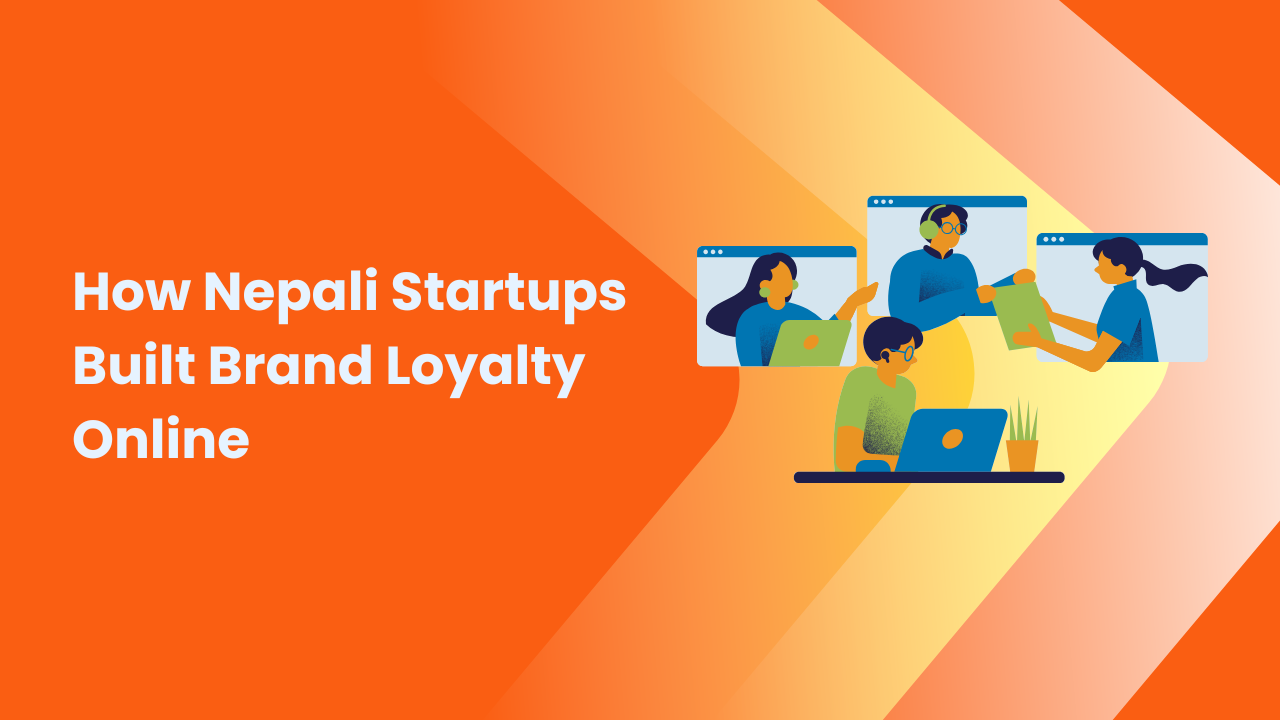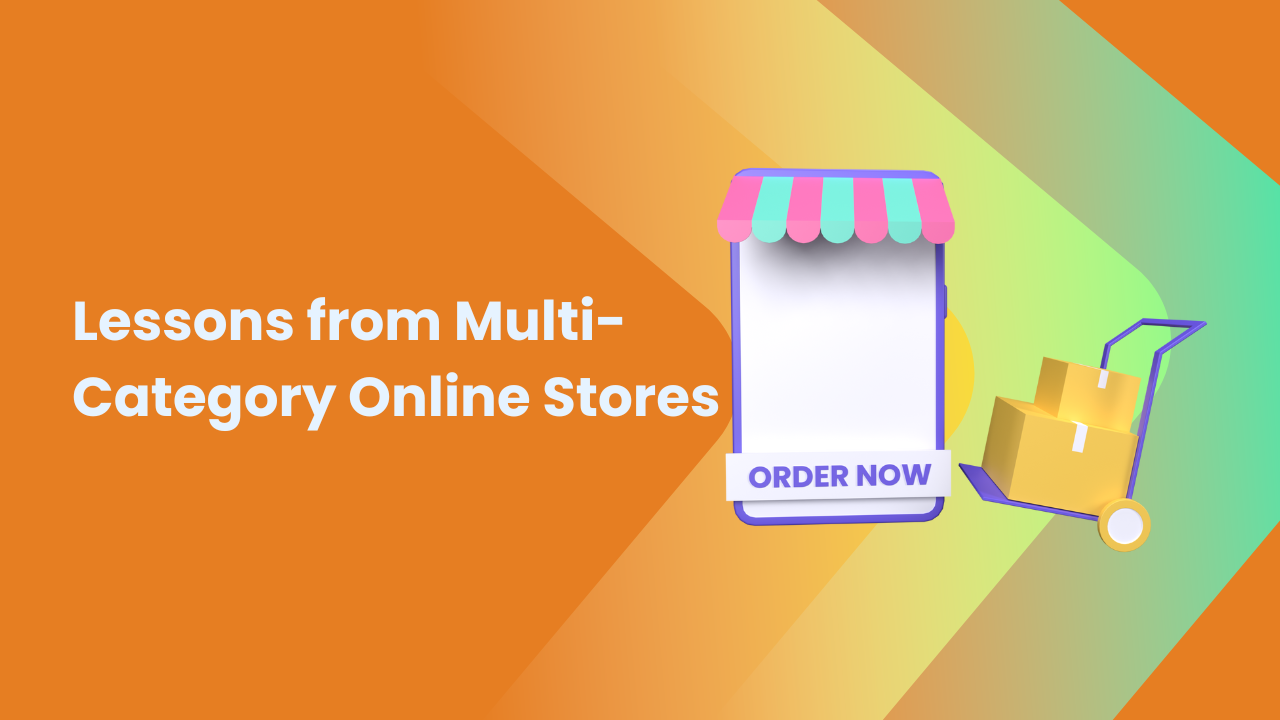Share this Article
Introduction
In the fast-paced world of eCommerce, attracting and retaining customers is more challenging than ever. Traditional marketing techniques are no longer sufficient to engage customers effectively. Businesses need to adopt creative strategies to enhance user experience, and one of the most powerful methods is gamification. By incorporating game-like elements into the shopping experience, online stores can increase customer interaction, boost loyalty, and drive sales.
In Nepal, where the digital shopping landscape is still evolving, gamification offers a significant opportunity for businesses to stand out. With the growing number of mobile users and digital adoption, integrating gamified experiences can make online shopping more engaging and enjoyable. This article delves into the concept of gamification, its psychological appeal, and how Nepali eCommerce businesses can leverage it for success.
1. Understanding Gamification in eCommerce
Gamification involves applying game mechanics and elements in non-game environments, such as eCommerce platforms. These elements encourage customer participation and enhance the shopping experience, making it more interactive and rewarding.
Key Gamification Features in eCommerce:
- Spin-the-Wheel Discounts – A lucky spin gives shoppers a chance to win exclusive discounts or free products.
- Loyalty Points & Reward Systems – Customers earn points with each purchase, which can be redeemed for discounts or special offers.
- Achievement Badges & Tiers – Shoppers unlock different levels based on their engagement, such as VIP status.
- Referral Incentives – Customers receive rewards for inviting friends to shop.
- Time-Limited Challenges – Shoppers complete specific actions (e.g., adding items to a cart, sharing on social media) to unlock special deals.
These elements make the online shopping process more enjoyable and encourage repeat visits.
2. Why Gamification Works in eCommerce
Gamification is effective because it triggers psychological and behavioral responses that encourage engagement and spending.
✔ Dopamine Activation – Earning rewards or achieving milestones releases dopamine, making shopping more pleasurable. ✔ Social Motivation – Leaderboards, badges, and competitions encourage shoppers to engage more actively. ✔ Sense of Progress – Loyalty points and achievements provide customers with a sense of advancement and exclusivity. ✔ Emotional Connection – A fun and interactive shopping experience fosters brand loyalty.
In Nepal, where personal recommendations and engagement play a crucial role in purchasing decisions, gamification can help increase customer retention and referral-based growth.
3. Implementing Gamification in Nepal’s eCommerce Market
1. Loyalty Programs and Reward Systems
Nepali online stores can implement point-based reward systems to encourage repeat purchases.
Example: Daraz Nepal offers reward coins redeemable for discounts. ✔ Strategy: Introduce exclusive membership perks for top spenders.
2. Spin-the-Wheel Discount Offers
Adding a spin-the-wheel feature can make discount offerings more interactive and engaging.
Example: Offer up to 50% off or free delivery to lucky winners. ✔ Strategy: Use this feature during festivals like Dashain, Tihar, and New Year sales.
3. Flash Sales and Daily Challenges
Encourage users to shop more by implementing time-limited sales and challenges.
Example: “Shop today and get 15% cashback” or “Refer 3 friends to unlock a 10% discount.” Strategy: Promote these offers via email, push notifications, and social media.
4. Referral-Based Gamification
Increase customer acquisition through referral rewards and gamified sharing incentives.
Example: “Refer a friend and get NPR 200 off your next purchase.” ✔ Strategy: Offer tiered incentives – the more friends referred, the higher the reward.
5. Achievement Badges & VIP Customer Status
Recognizing and rewarding loyal customers with status levels or badges encourages higher spending.
Example: “Gold Member” status for spending over NPR 50,000 annually. Strategy: Feature top customers on the website to boost competition.
4. Benefits of Gamification for Nepali Online Businesses
Enhances Customer Engagement – Gamified features make shopping fun and interactive. Encourages Repeat Purchases – Customers return to earn more rewards and benefits. Strengthens Brand Loyalty – Customers feel valued, increasing retention rates. Boosts Word-of-Mouth Marketing – Referral programs attract new buyers. Improves Conversion Rates – Customers are more likely to complete a purchase when incentives are involved.
5. Challenges & Solutions in Gamifying Nepal’s eCommerce
1. Lack of Awareness About Gamification
Many Nepali consumers may not be familiar with gamified shopping experiences. ✔ Solution: Use social media campaigns and tutorials to educate users.
2. Budget Constraints for Small Businesses
Developing advanced gamification features can be costly for startups and SMEs. ✔ Solution: Start with simple reward programs and spin-the-wheel discounts, then scale up gradually.
3. Limited Internet & Smartphone Accessibility
Not all consumers in Nepal have high-speed internet or smartphones to engage in advanced gamification. ✔ Solution: Design mobile-friendly, lightweight gamification features that work even on slower networks.
Conclusion
Gamification is a game-changer for eCommerce, especially in Nepal, where digital adoption is increasing. By incorporating elements like loyalty rewards, spin-to-win discounts, referral incentives, and leaderboards, businesses can create a more interactive and enjoyable shopping experience.
As Nepal’s online retail industry continues to expand, businesses that integrate gamification will gain a competitive edge, attract more customers, and drive higher revenue. Start implementing gamification strategies today and watch your online store thrive!
Categories:
E-commerce Tips & Tutorials
Tags:
NepalDigitalRewards







